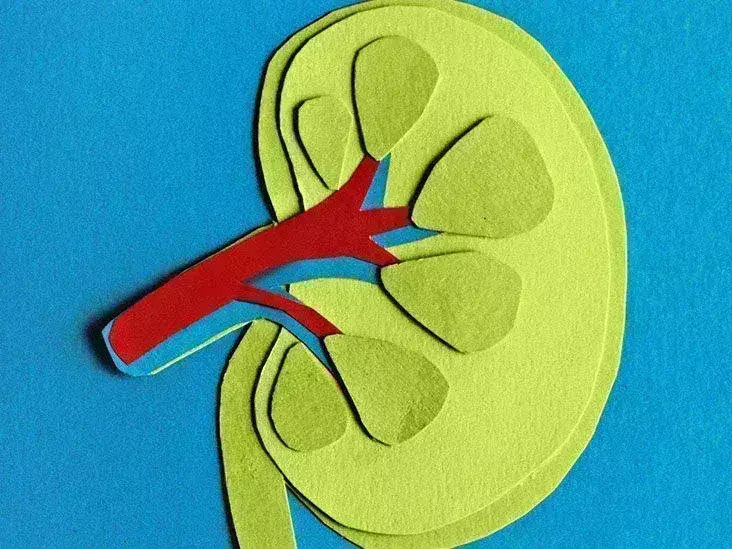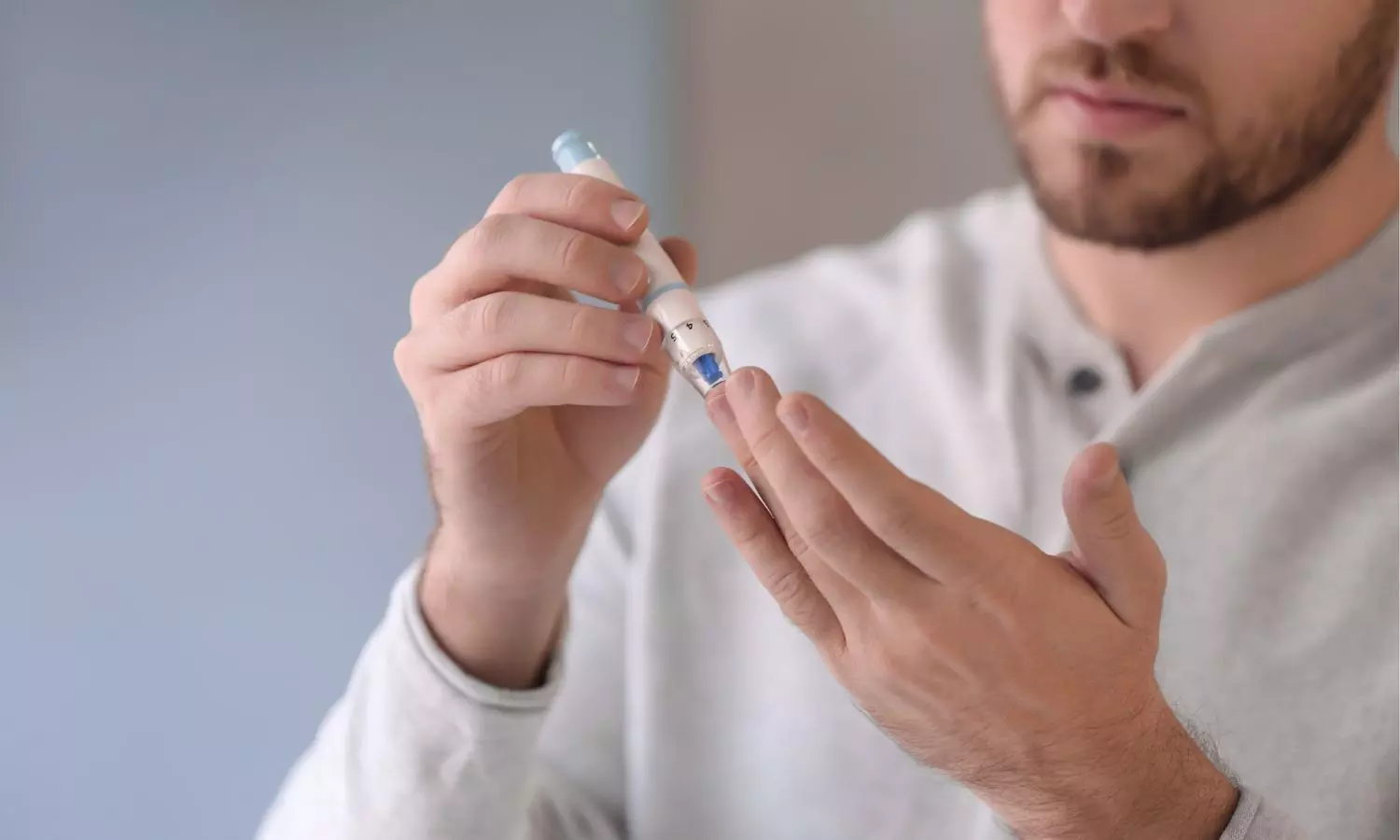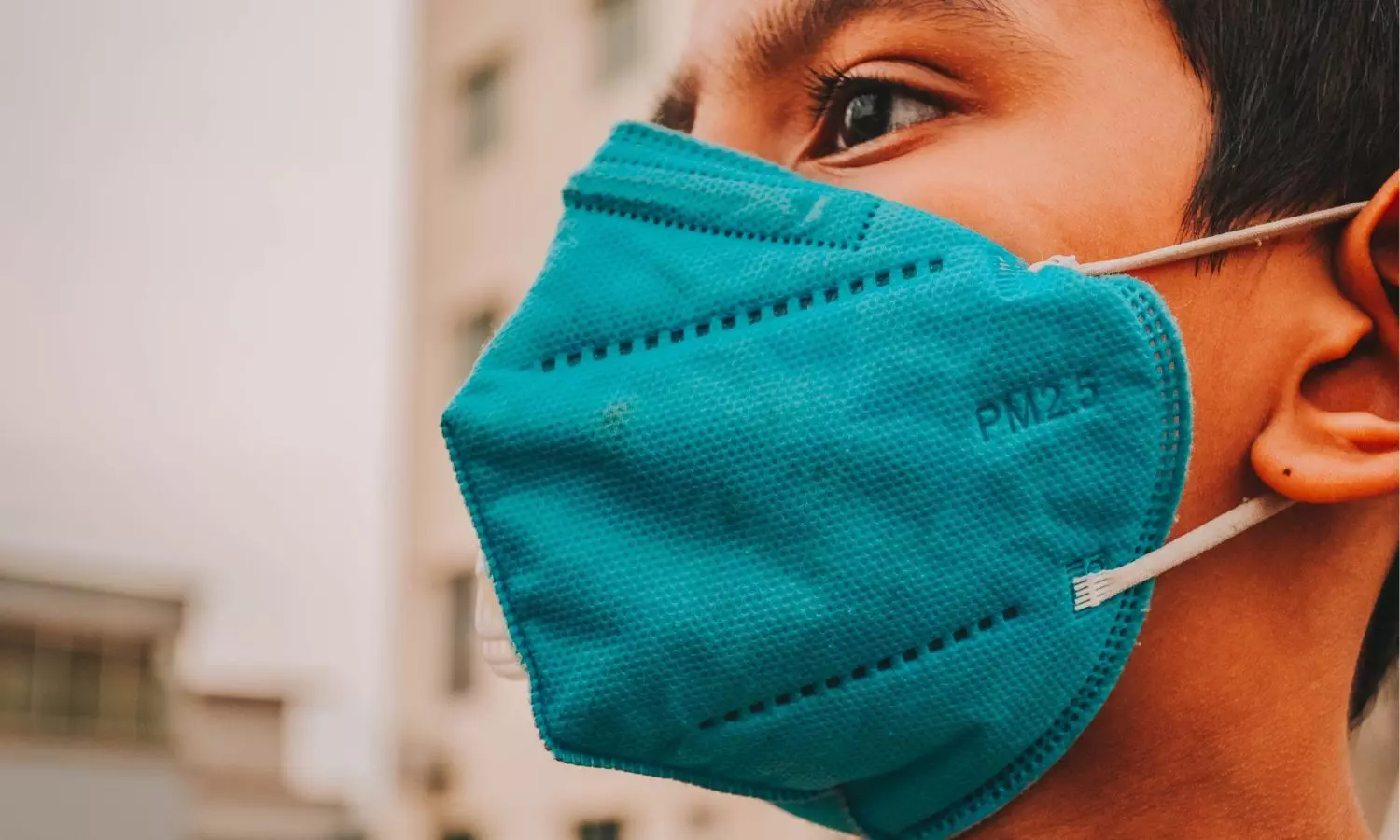Poor quality clinical data informing NICE decisions on treatments in over half of cases
Powered by WPeMatico
Powered by WPeMatico
Powered by WPeMatico
Powered by WPeMatico
Powered by WPeMatico

Shimla: Himachal Pradesh Chief Minister Sukhvinder Singh Sukhu has given directions for constituting a committee under the chairmanship of Special Secretary (Health) to look into the grievances and demands of the medical officers of the state.
The Committee will comprise of Director Health and Family Welfare, Director, Medical Education and representatives of the Medical Officers Association. He said that this committee would also study the various aspects of promotions of the doctors and recommend guidelines for the betterment of medical officers.
The Chief Minister said that the State Government was considering all their genuine demands sympathetically, but the financial condition of the State is precarious, a release said.
Also Read:North Bengal Medical College and hospital gets Duarey Council for healthcare grievances
Due to the efforts of the state government, the economy of the state is coming back on the track gradually, he said.
“My Government will surely provide the financial benefits of the government employees in due course,” he assured. The Chief Minister urged the doctors to cooperate with the State Government and assist in improving the economy of the State.
Chief Minister said that they are focusing to strengthen the health infrastructure in the State to provide specialized health services to the people at their doorsteps.
The Government is setting up Adarsh Swasthya Sansthans in all 68 assembly constituencies of the state, with six specialist doctors in each.
To meet shortage of doctors and para-medical staff in health institutions, the State Government is recruiting new medical officers and supporting staff.
Plans are underway to improve working conditions in health institutions and introduce fixed eight-hour shift for medical personnel, the release said.
The Chief Minister said that overseas exposure visits would also be conducted for the doctors on the latest techniques and skills in health care sector. He directed the Health Department to digitize the data of medical officers to streamline their functioning.
Powered by WPeMatico

Mumbai: Global pharma major Lupin Limited has announced
the launch of Bromfenac Ophthalmic Solution, 0.075%, after having received an approval from the
United States Food and Drug Administration (U.S. FDA).
Powered by WPeMatico

A recent study published in the Journal of American Medical Association unveiled promising results regarding the prevention of acute kidney injury (AKI) following cardiac surgery. This study explored the potential benefits of utilizing glutamate infusion during coronary artery bypass graft (CABG) procedures.
Acute kidney injury (AKI) is a serious complication associated with cardiac surgery that contributes to increased morbidity and mortality rates among patients. Despite numerous attempts to reduce this risk, success rate has been limited. Thereby, GLUTAMICS (Glutamate for Metabolic Intervention in Coronary Surgery) study pooled data from two prospective, randomized, double-blind multicenter trials and was conducted across five cardiac surgery centers in Sweden. The trials spanned from 2005 to 2020 and included a total of 791 patients without diabetes who were undergoing CABG surgery.
During the procedure, patients received either intravenous infusion of l-glutamic acid or saline. The results found that patients who received glutamate infusion expressed a significantly lower risk of AKI with a relative risk reduction of 51% when compared to the control group. Also, the need for dialysis post-surgery was significantly lower in the glutamate group.
The study emphasized the importance of these findings by highlighting that glutamate infusion represents a potentially transformative approach to AKI prevention in cardiac surgery patients. While further research is mandated to validate these results, the positive implications for patient care are profound from this research.
Globally, cardiac surgeons and medical professionals are optimistic about the implications of this study. If confirmed in future trials, glutamate infusion could become a standard intervention for patients against AKI during CABG procedures which ultimately improve the patient outcomes and reduce healthcare burdens.
Source:
Holm, J., Vanky, F., & Svedjeholm, R. (2024). Association of Glutamate Infusion With Risk of Acute Kidney Injury After Coronary Artery Bypass Surgery. In JAMA Network Open (Vol. 7, Issue 1, p. e2351743). American Medical Association (AMA). https://doi.org/10.1001/jamanetworkopen.2023.51743
Powered by WPeMatico

Previous studies have suggested the association of incident diabetes with higher carotid intima-media thickness, coronary artery calcium scores ⩾of 400, and incident cardiovascular events.
Powered by WPeMatico

Thane: Maharashtra Chief Minister Eknath Shinde on Monday said the Asian Development Bank will provide loan of Rs 4,000 crore to improve medical facilities in the state.
The in principle approval for the first tranche of Rs 1,200 crore has been given, he added.
“The Asian Development Bank has sanctioned the pending proposal of Rs 4000 crore loan to Maharashtra for creating advanced healthcare infrastructure and medical education. It has also given in-principle approval for Rs 1,200 crore in the first phase,” the CMO said in a statement.
Also Read:Over Rs 112 crore financial aid to over 13000 patients in just 14 months in Maha: Official
It said the CM had instructed officials to start work on a 500-bed hospital in Dharashiv (formerly Osmanabad).
“The ADB has suggested seven different types of improvements at administrative level as well as in medical education. It includes centre of excellence, digital medical education and health policy, e-hospital, encouragement to medical officers and staff, property management, sustainability policy, recruitment centres, decentralisation of medicine procurement,” it said.
“The ADB would be giving Rs 1,200 crore for construction of the hospital. The tender procedure for construction of similar infrastructure at Alibaug in Raigad district is completed while process for Kolhapur and Sindhudurg is going on,” the release quoted him as saying.
Speaking after inaugurating a super speciality hospital in Ulhasnagar in Thane, Shinde his government aimed to start a medical college and super speciality hospital in every district.
Shinde hailed the cashless hospitalisation system prevalent in Thane and said he would take efforts to replicate it across the state.
Shinde also said he had carried out the “biggest surgery in the state” as everything was in a bad state, a reference to his rebellion in June 2022 which brought down the Uddhav Thackeray-led Maha Vikas Aghadi government.
Powered by WPeMatico

Research evidence describes new and persistent symptoms and conditions as potential post-acute sequelae of SARS-CoV-2 infection (PASC).
We observed that variations in symptoms and conditions after SARS-CoV-2 infection were more pronounced among hospitalized patients than non-hospitalized individuals. This aligns with previous literature indicating that individuals with severe acute SARS-CoV-2 infection, such as those requiring hospitalization, are at increased risk of experiencing post-acute sequelae of SARS-CoV-2 infection (PASC) symptoms and conditions.
Powered by WPeMatico
